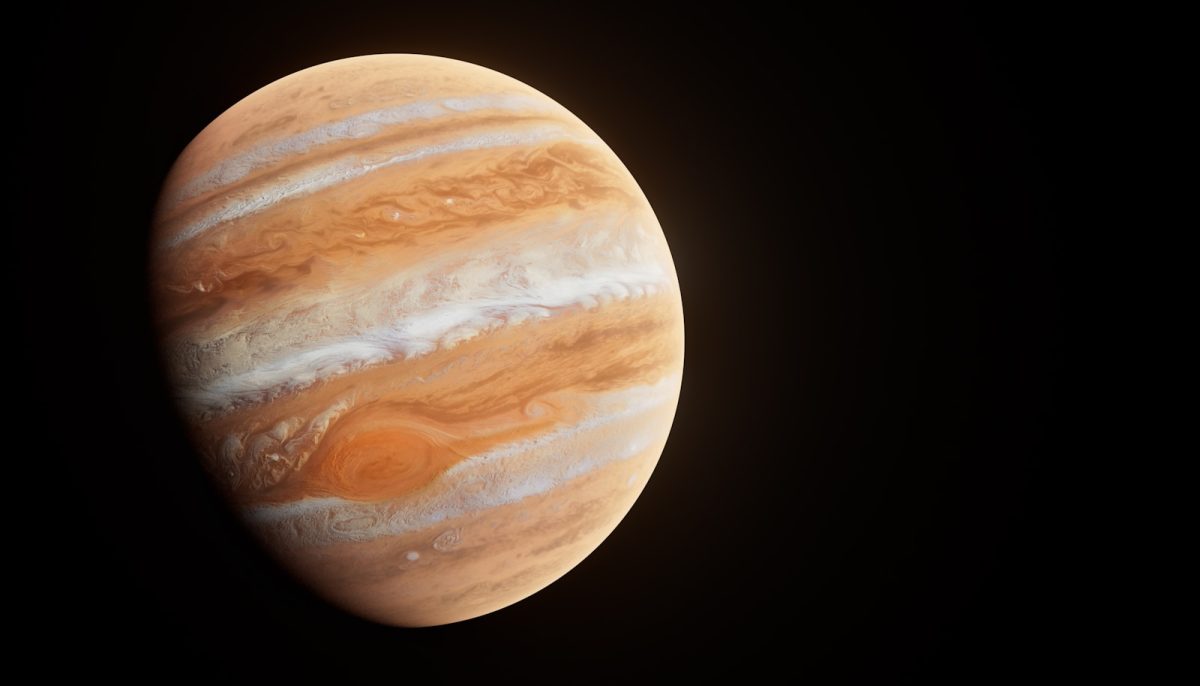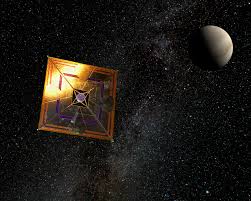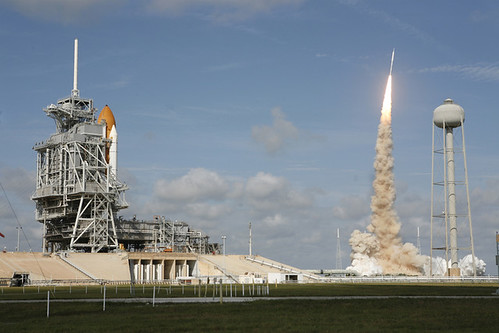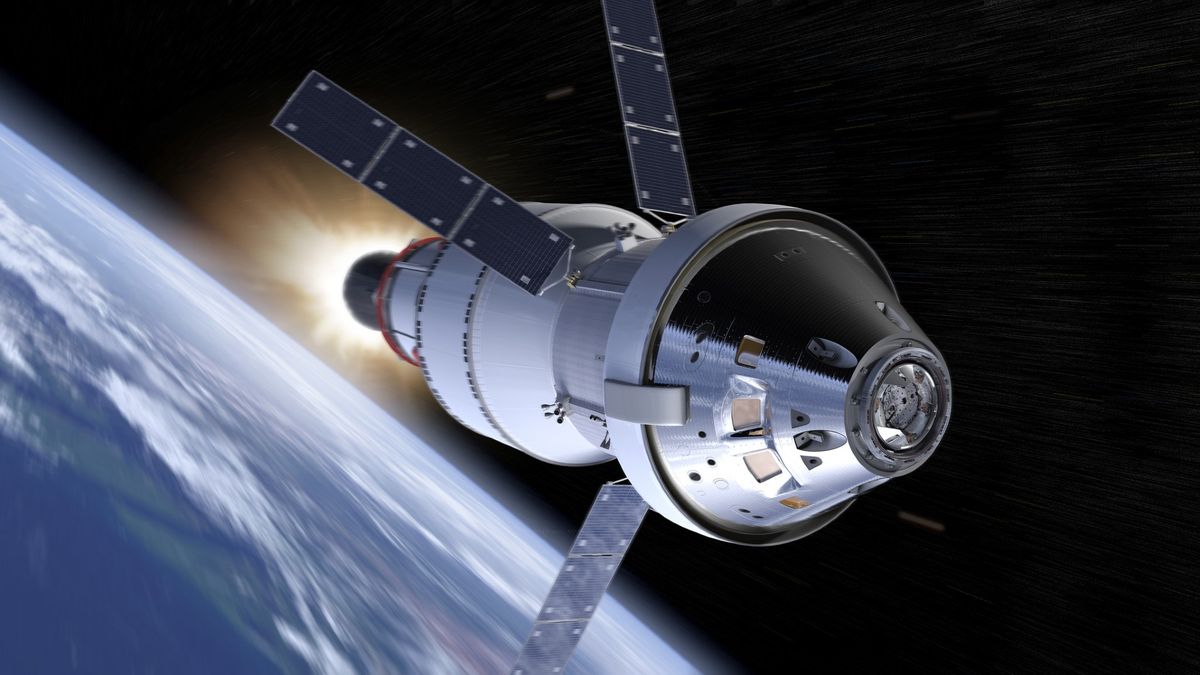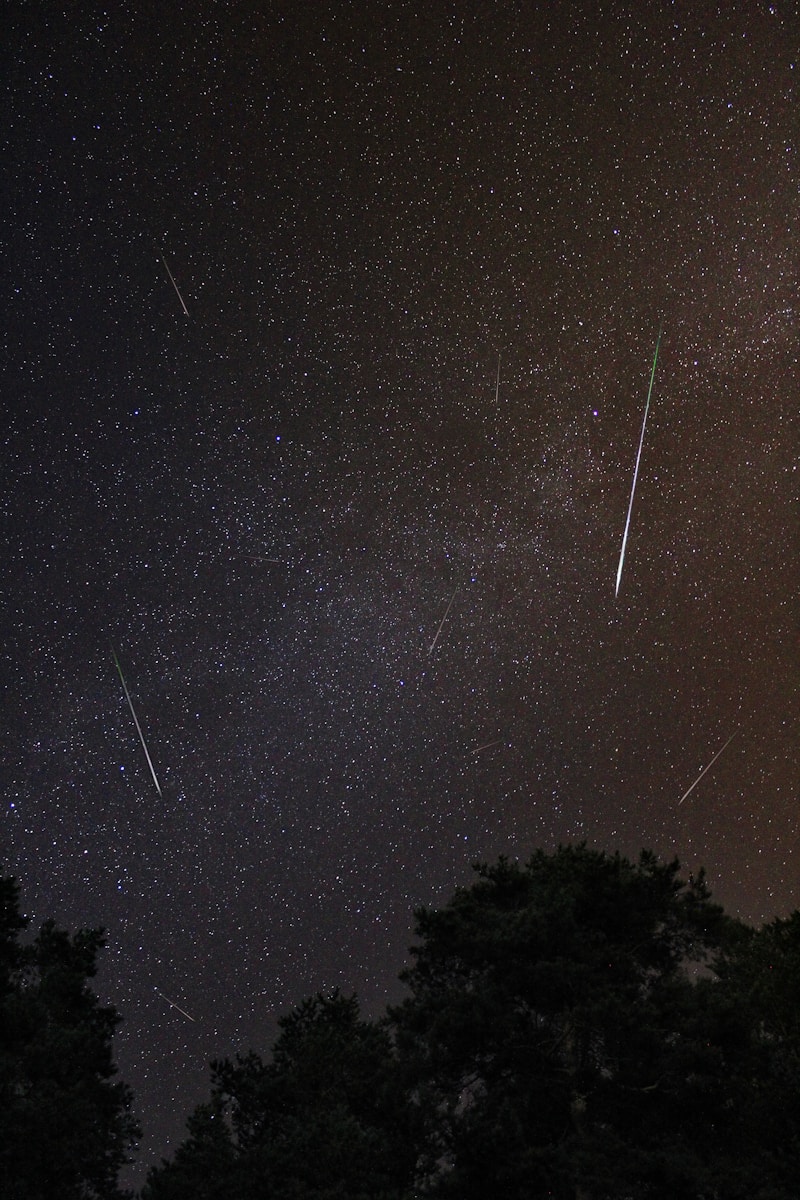A significant solar storm, known as a coronal mass ejection (CME), recently impacted Jupiter, leading to remarkable changes in the planet’s magnetosphere and atmospheric conditions. This event compressed Jupiter’s magnetosphere—the vast region dominated by its magnetic field—by over a million miles. Such compression intensified the planet’s X-ray auroras, making them approximately eight times brighter than usual and hundreds of times more energetic than Earth’s northern lights .
These intensified auroras were first observed in October 2011, marking the initial detection of Jupiter’s auroras in X-ray light during a solar storm. The interaction between the CME and Jupiter’s magnetosphere not only triggered these luminous displays but also caused significant heating in the planet’s upper atmosphere. This heating effect was so pronounced that it left one hemisphere of Jupiter noticeably hotter than the other, a phenomenon attributed to the uneven impact of the solar storm .
The study of these events provides valuable insights into how solar activity influences planetary environments, especially for gas giants like Jupiter. Understanding these interactions is crucial, as they can inform us about the dynamics of planetary magnetospheres and atmospheres under extreme solar conditions.
Related Stories:
- https://www.space.com/the-universe/jupiter/surprise-jupiters-powerful-magnetic-field-gets-squished-by-the-solar-wind
- https://scienceblog.com/564977/jupiters-magnetic-shield-buckles-under-solar-wind-unleashing-unexpected-heat-wave
- https://www.iflscience.com/solar-waves-squash-and-massively-heat-up-jupiters-magnetic-field-2-3-times-a-month-78678
- https://www.miragenews.com/solar-wave-squeezes-jupiters-magnetic-field-1438410/
- https://www.msn.com/en-us/weather/topstories/surprise-x-class-solar-flare-from-emerging-sunspot-triggers-radio-blackouts-across-the-americas/ar-AA1BRFRj
Take Action:
- https://www.spacefoundation.org/donate-together/
